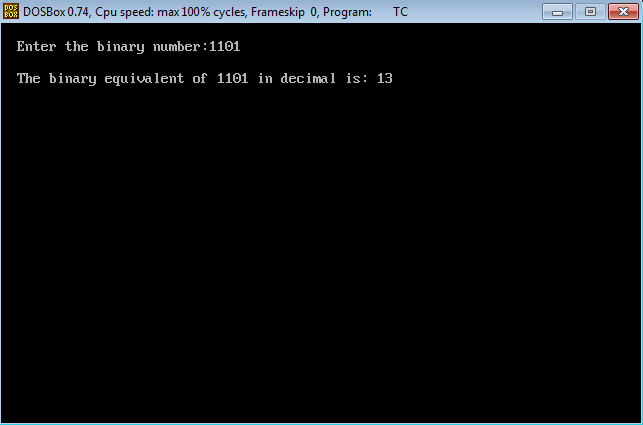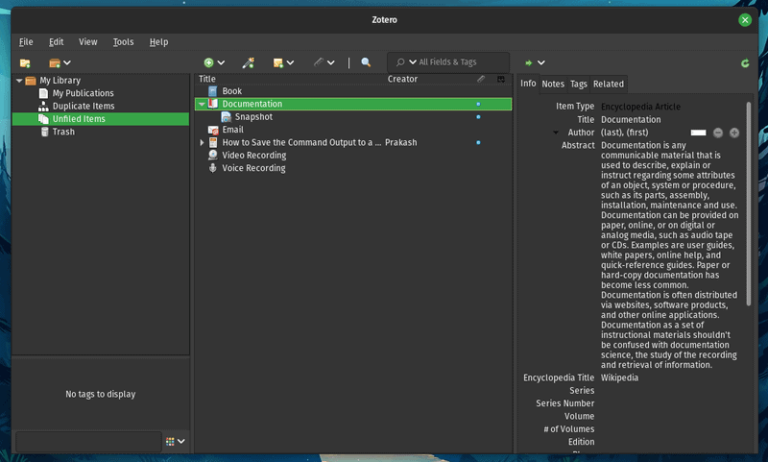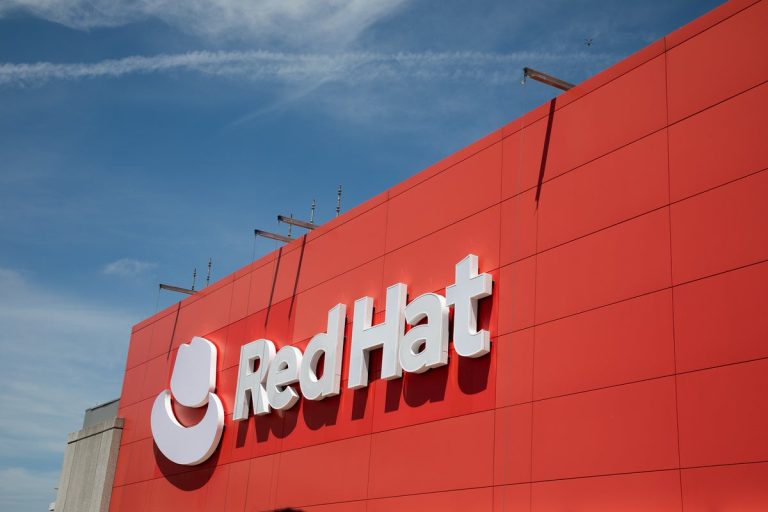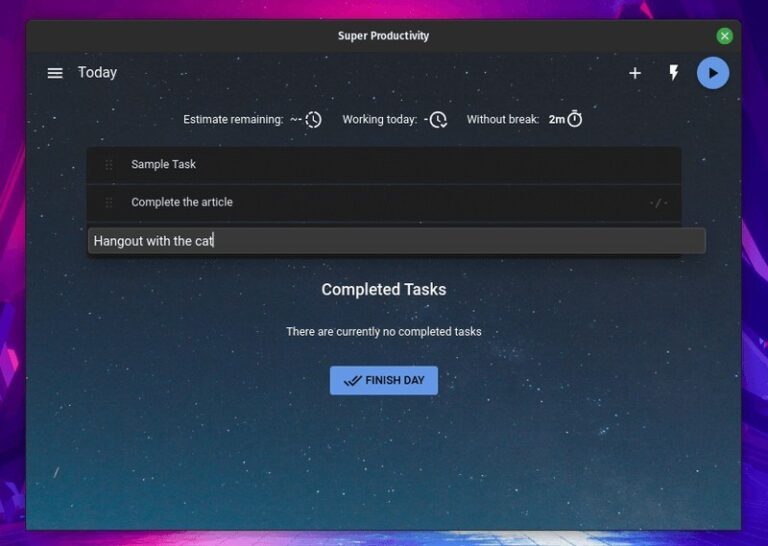
Red Hat Enterprise Linux 9 is set to arrive with comprehensive edge management and automatic container rollback capabilities, as well as enhancements for Microsoft SQL Server deployments and new security features.
Announced May 10, RHEL 9 is due to ship in coming weeks as the first production release built from the CentOS Stream, a continuously delivered Linux distribution that tracks ahead of RHEL. RHEL 9 will be available via the Red Hat Customer Portal and major cloud provider marketplaces.
Edge management capabilities in RHEL 9, delivered as a service, promise to bring more control and security to remote deployments, providing zero-touch provisioning, system health visibility, and more responsive vulnerability mitigations via a single interface.
Automatic container rollback in RHEL 9 uses Red Hat’s Podman container management technology, which can detect if a newly updated container does not start and then roll the container back to the previous working version.
Also featured in RHEL 9 is an image builder service, supporting image creation for major clouds and virtualization technologies including Amazon Web Services, Google Cloud Platform, Microsoft Azure, and VMware. The image builder service introduces Red Hat’s efforts to deliver key operating system functions as a service.
RHEL 9 also introduces an expanded set of Red Hat Enterprise Linux system roles, providing an automated workflow for building specific system configurations. New system roles are added for Postfix, high-availability clusters, firewall, web console, and Microsoft SQL Server.
Kernel live patching from the RHEL console, meanwhile, allows IT organizations to apply updates across large, distributed system deployments without having to access command line tooling.
Finally, RHEL 9 introduces the following new security capabilities:
- Protection against hardware-level security vulnerabilities such as Spectre and Meltdown.
- Integrity measurement architecture (IMA) digital hashes and signatures, used to verify the integrity of the operating system. IMA helps detect rogue infrastructure modifications and makes it easier to limit the potential for systems to be compromised.
- Functionality to help user-space processes create memory address spaces that are inaccessible to potentially malicious code.
Next read this:







